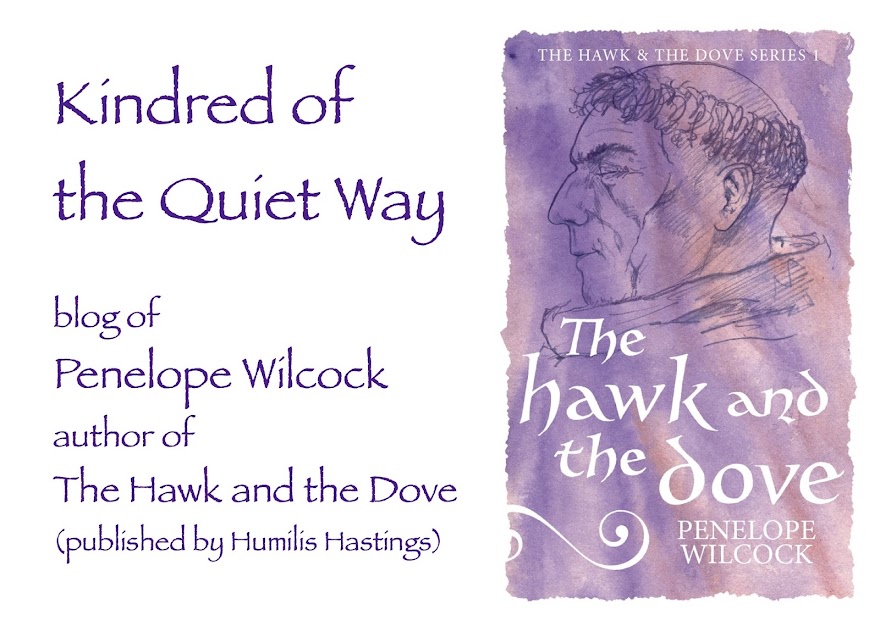The Small White looks like this:
Its eggs look like this:
Its children are green, like this:
We have these.
I planted kale in our veggie plot in the spring, and it started well but there has been adversity. First the cats dug over the earth where I'd planted it, minimising and disordering the kale rows. Then the seagulls came down to see if we had anything they could scavenge there. But I nurtured along what grew, watering it assiduously and replacing some of the lost and destroyed plants with new ones that also grew well.
Then in recent weeks, when the weather has been dry and the bugs and worms have gone down from the surface to where the earth is damp lower down, the badgers' nightly visits have included excavations in search of bugs and grubs to eat. So I wound garden wire as trip wires around the kale patch, and stuck multiple stakes in the earth there, because they kept digging up my plants and there's only so many times you can dig up a kale plant and expect to replant it successfully — especially in dry weather.
Because one of our horticultural ambitions is to make a kind of mini eco-system, with lots of animals and birds, insects, worms, snails and toads and anything else that lives, like Noah's ark really, we are happy to have woodlice on our apples and little green caterpillars and bright yellow butterfly eggs on our kale. We had plenty to eat ourselves these last couple of months, and we just put the caterpillars back in the garden (though I did accidentally steam one with my lunch on Tuesday) and avoid the leaves with eggs on.
We get some fruit and veg to eat, and so do the birds and other creatures. It was a delight to see our crow sitting high in the cherry tree in the summer, contentedly sampling hard-to-reach cherries at the top, lovely and ripe in the sunshine.
But when I went to get some courgettes (US, zucchini) yesterday, it became apparent that in addition to the Small White butterflies, the Large White had also been visiting to widespread effect.
The Large White butterfly looks like this:
Its eggs look like the same as the Small White's:
but its children are rather more exotic:
And this, today, is our kale patch:
I have conceded defeat and left them to it. One of many things about climate change that grieves us sorely is the decline in insects, butterflies and birds that go with the hideous pesticide spraying and loathsome Roundup in and on the plants. So right at the top of our list of objectives in developing our garden was the provision of a haven for all these creatures.
Evidently they feel welcome. Good. And we did manage to get a reasonable share of kale for ourselves before our butterfly population explosion occurred.
We also have plenty of evidence of Codling Moths in our apple ad pear crop. There's a very nice botanical illustration of their appearance and activity here:
We have to look suspiciously at our apples all over before eating them — it's no good just munching in with a great incautious bite. If there's even the teeniest hole, it's wiser to cut them up first. And even then you have to be careful not to inadvertently chop any resident Codlings in half.
And then there are the snails who like to doze off in the spouts of the watering cans, and the Leopard Slugs who live in the compost bins.
Not only that but our cat Miguel was having a laugh at three o'clock in the morning, playing excitedly at hunting the speedy teenage shrew he'd dropped inside our Alice's duvet cover. She ended up out on the front doorstep unpacking the duvet from its cover, shaking first one then the other, wondering where the shrew had gone — and then she saw it clinging on tight with its little hands to the cover she was shaking up and down.
Life is never boring, is it?













4 comments:
Those caterpillars are beautiful and I am glad you allow them some food and comfort in this hard world. I understand you would have wanted to eat that kale but at least it is not wasted.
oh, the trials and tribulations of gardeners! at least it teaches us patience and acceptance - hopefully that's a fine crop of virtues we can harvest.
Hello friends! Greta, Elin, I think you would like each other.
Greta, Elin blogs at http://elliha.blogspot.com.
If you (like me) don't speak Swedish, Google translate does a good job if you copy and paste.
Here, Elin introduces herself: http://elliha.blogspot.com/p/om-migabout-me.html.
Waving! xx
Hello Greta! My blog is hopelessly inactive nowadays I am afraid but I do once in a blue moon manage to write something. I do pop by this blog regularly.
Post a Comment